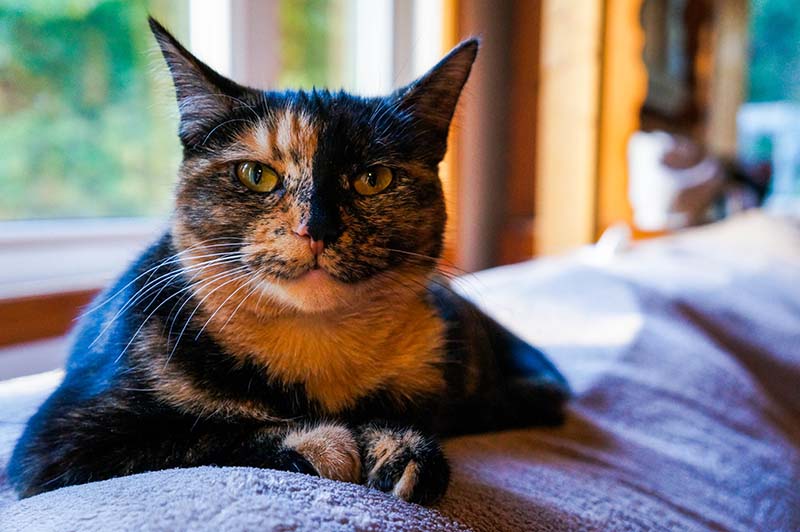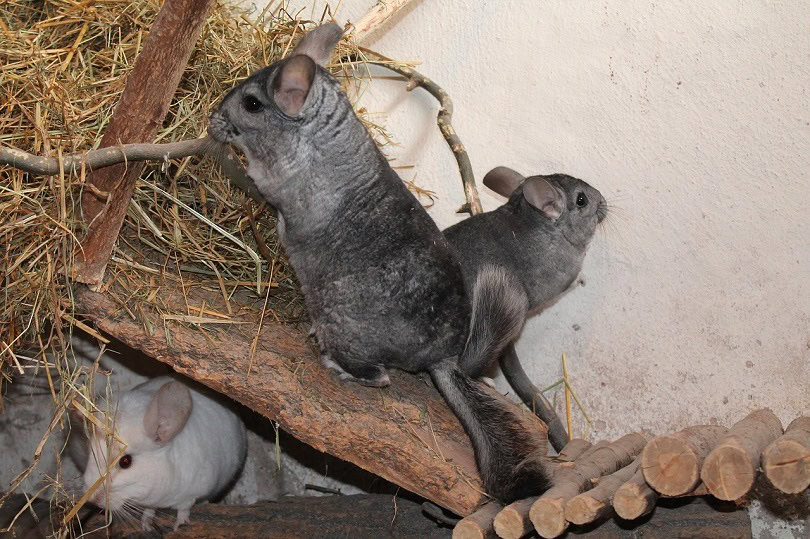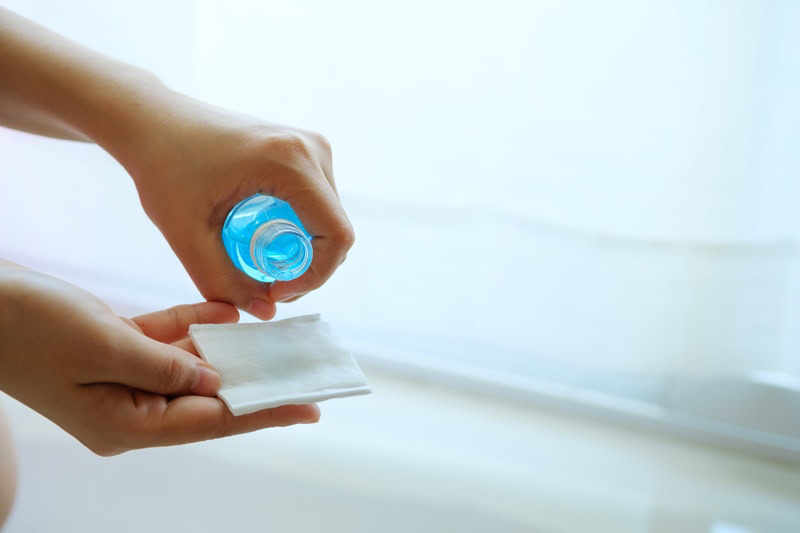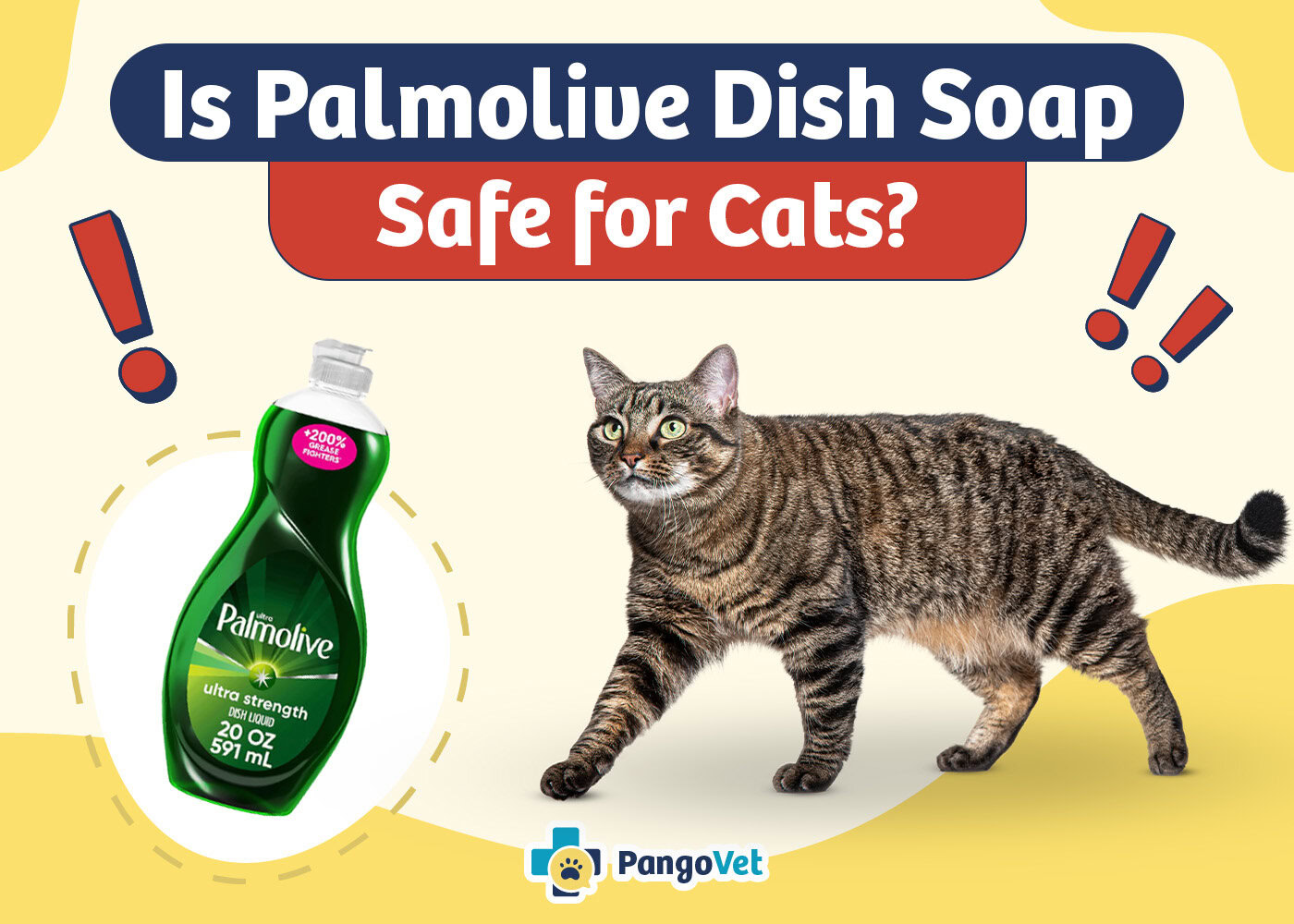VET APPROVED

The information is current and up-to-date in accordance with the latest veterinarian research.
Learn more »Click to Skip Ahead
If you’ve ever owned a tortoiseshell cat, you might know the answer to this question. If not, you may be surprised to learn that while the vast majority of tortoiseshell cats are female, males do exist, but they are extremely rare. In fact, the frequency of male tortoiseshell cats has been estimated to be 1 in 3,000 or 0.033%.1 Because of this rarity, many people assume that all tortoiseshell cats are female.
So, why is that? Is it lucky to get a tortoiseshell cat that’s a male? How rare is it for a Tortie to be a male? We’ll answer those questions and more in the blog below.

Do Male Tortoiseshell Cats Exist?
As rare as it is for a Tortie male to be born, they do exist. However, when it occurs, it’s associated with chromosome abnormalities (an additional copy of the X chromosome), and they are usually infertile and might be smaller, have reduced size, or have retained testicles (cryptorchidism).
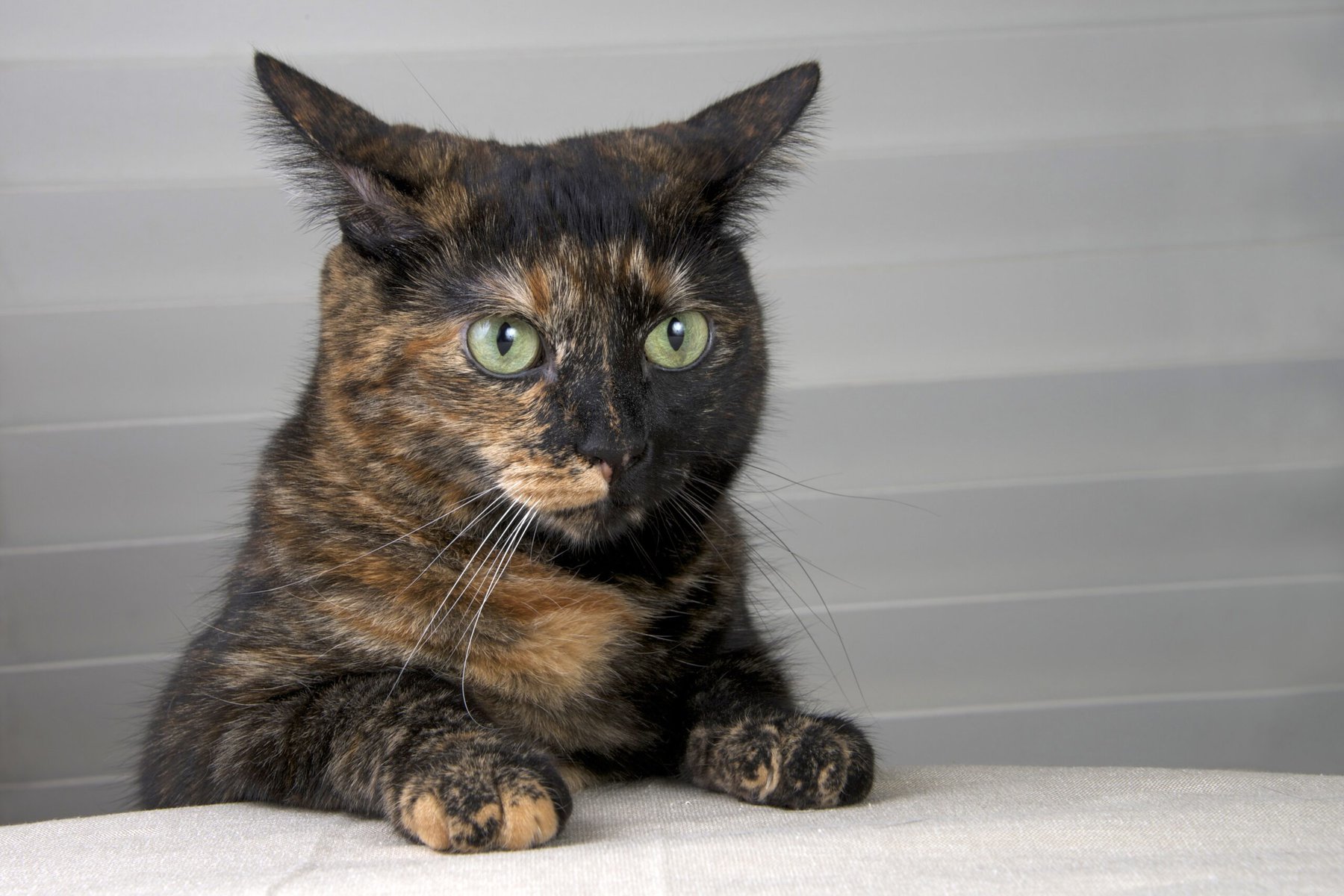
Exploring the Genetics
To try and understand why most Torties are female, you need to understand the genetics behind it. Normal cats have 38 pairs of chromosomes, inheriting half from each parent. Male cats inherit an X chromosome from their mother and a Y chromosome from their father, while females receive one X chromosome from each parent.
One of the key genes that controls cats’ coat color is located on the X chromosome. Tortoiseshell cats receive the orange color from one X chromosome and the black color from the other X chromosome. Since male cats typically have only one X chromosome, they usually do not develop the tortoiseshell pattern. However, in rare cases, a male cat may be born with an extra X chromosome (XXY), allowing the tortoiseshell coloration to appear—but making them an exception rather than the rule.
How Did the Tortoiseshell Cat Get Its Name?
The Tortie got its name from the shells of a tortoise. Sadly, in the 1970s, tortoiseshell jewelry was extremely popular, as was home décor and eyewear made from tortoiseshells. This led to the decimation of the tortoise population. However, now these items are made from synthetic material, as sanctions were passed to save what was left of the tortoise population.
As for your adorable Tortie, the name comes from the pattern on a tortoise, which is a base of brownish with a mixture of black, orange, cream, and amber, similar to the colors that you can find in your Tortie’s coat color. Tortoiseshell cats have a distinctive coat pattern with a mix of black and orange, or their diluted forms, blue and cream. According to the The International Cat Association (TICA), this coat type can be classified into 4 different categories: traditional, sepia, mink, or pointed. It’s important to note that the tortoiseshell cat isn’t a particular breed; it’s just a coat color.
Breeding and Tortoiseshell Cats
You might now be wondering which breeds contain the tortoiseshell coloring. Some of the most popular breeds to produce a tortoiseshell cat include the Maine coon, British shorthair, Cornish rex, Persian, American shorthair, Ragamuffin, and Japanese bobtail.
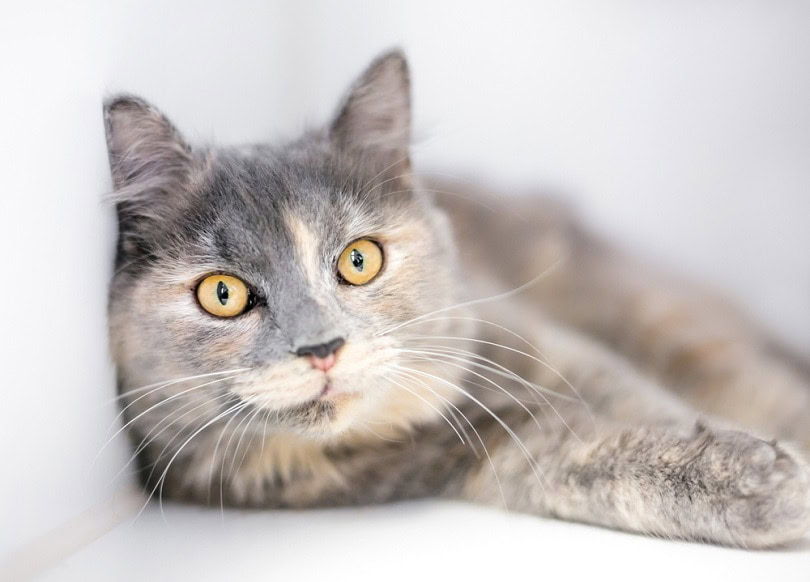
A Few Facts About the Tortie
Now that you know all about the coloring and female Tortie, you need to know that there’s a lot more to a Tortie cat than just distinctive coloring. Most Tortie females are sassy but lovable. They have a ton of energy, and you’ll often see them running through the house at top speeds. Make sure that you have plenty of toys and places for your Tortie to climb, or she might find a few of her own.
Not only does the Tortie get sudden bursts of energy, but she can also be a tad bit aggressive, especially with other cats in the home. Torties are considered good luck charms in many parts of the world. The cats are credited with curing warts, running off ghosts, and even bringing good fortune and money to the pet parent who is lucky enough to own one.
This is also why many pet owners search far and wide for a Tortie; it makes a great pet and a loyal, loving companion. If you’re considering adopting or purchasing a tortoiseshell cat, you couldn’t ask for a more loving, gentle companion. Just make sure that you’re ready to take on the responsibility for this energetic little feline.

Conclusion
Meeting a tortoiseshell male is an extremely rare occurrence because this coat color is linked to the X chromosome, and it only occurs in male cats with chromosome abnormalities. Almost 100% of Torties are female, and though this is just a particular coat color and not a breed, they are in high demand. Even though the Tortie doesn’t have the distinction of being its own breed, it’s still a legend in its own time.
- A tortoiseshell male cat: chromosome analysis and histologic examination of the testis – PubMed
- Fertile male tortoiseshell cat with true chimerism 38,XY/38,XY – PubMed
- The Tortoiseshell Cat, aka Tortie Cat
- Are All Tortoiseshell Cats Female?
- Why Are All Tortoiseshell Cats Female?
- 8 Unusual Genetic Anomalies in Cats
Featured Image Credit: David Boutin, Shutterstock
